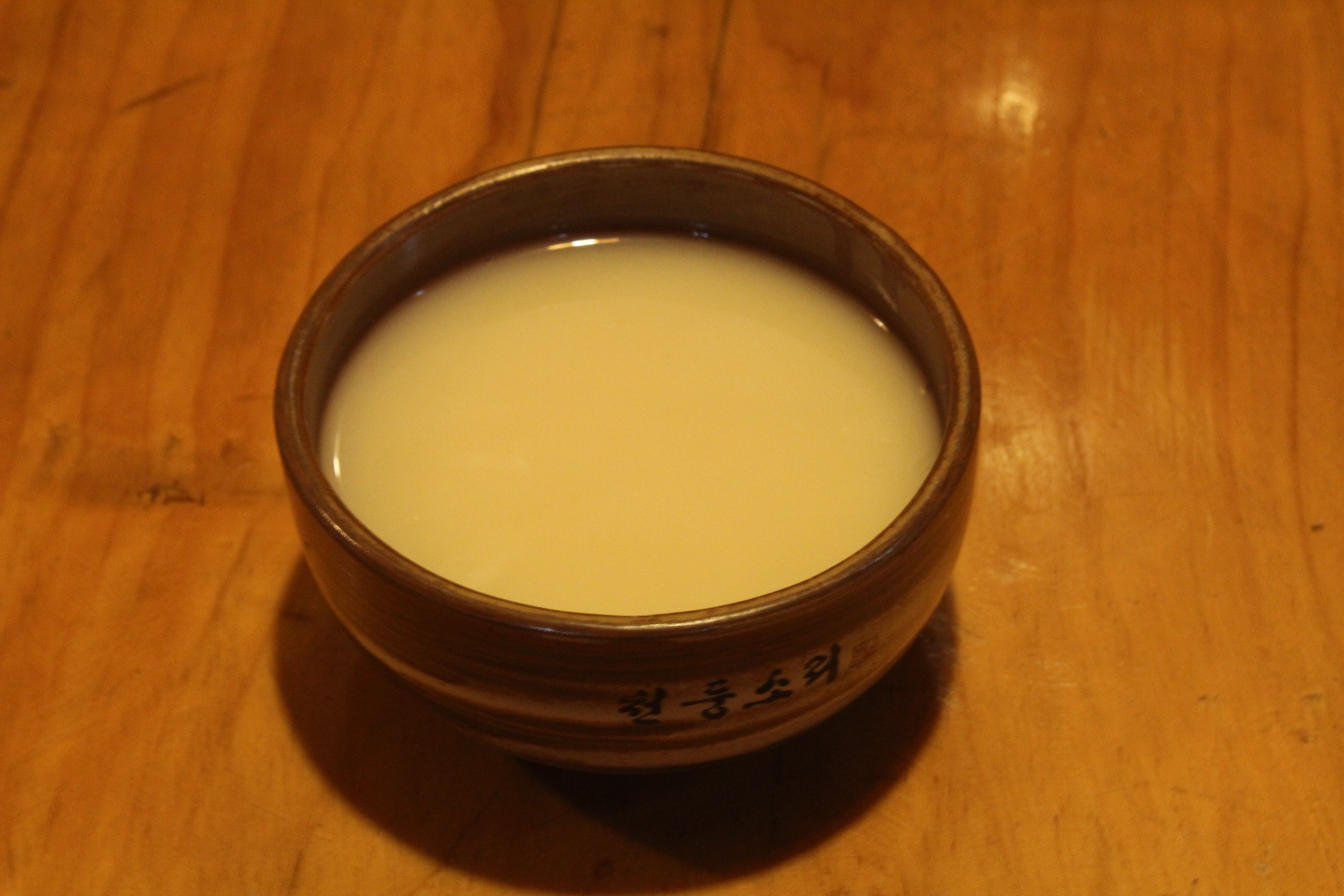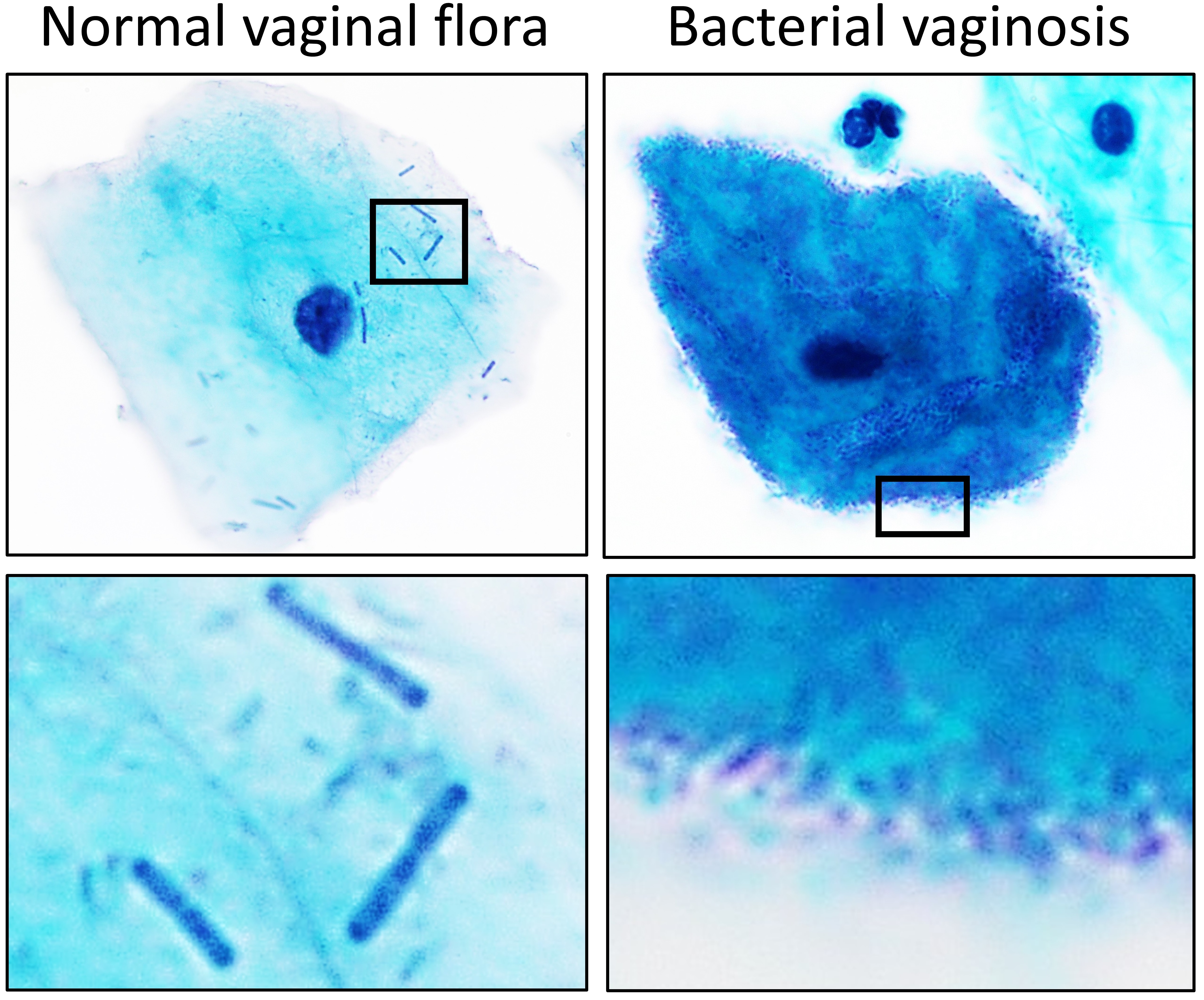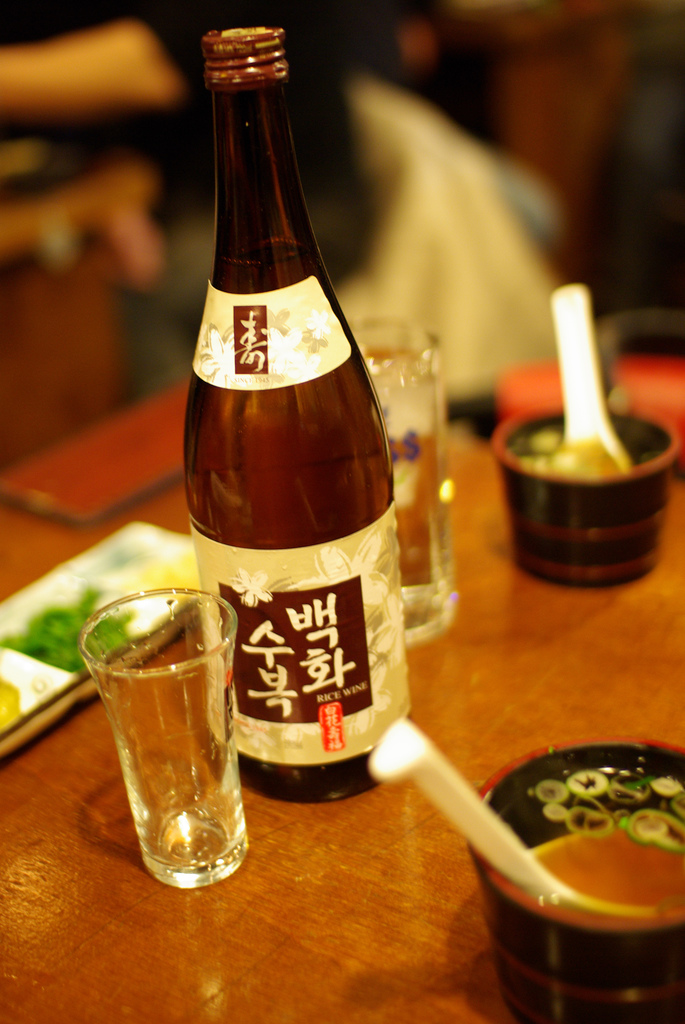|
Nuruk
''Nuruk'' () is a traditional Korean fermentation starter. It is used to make various types of Korean alcoholic beverages including '' takju'', ''cheongju'', and soju. It is an essential ingredient in shindari and is mixed with rice.Nowicki, Stephen. Holt McDougal Biology. Orlando, FL: Holt McDougal, 2012. Print. Historically, it was used in a variety of provinces of Korea, including Jeju Island. Wheat, rice (of both the glutinous and non-glutinous types), and barley are used to make ''nuruk,'' either as whole grain or in the form of grits or flour. Wheat ''nuruk'' is the most common variety. The dry grain is moistened, shaped into a large cake, and hung up to ferment for 2‒4 weeks in an ondol room. The cake matures at a precise temperature until a mold forms. Origin ''Nuruk'' has been used in Korea since the period of the Three Kingdoms in the 3rd century CE, while similar fermentation starter, ''jiuqu'', was first made in China during the Warring States period beginning in ... [...More Info...] [...Related Items...] OR: [Wikipedia] [Google] [Baidu] |
Korean Alcoholic Beverages
Korean cuisine has a wide variety of traditional alcoholic drinks, known as ''sul'' (). Many of these drinks end with the Sino-Korean word ''-ju'' (), and some end with the native Korean word ''-sul''. The Sino-Korean ''-ju'' is not used as an independent noun. There are an estimated 1,000 or more kinds of alcoholic drinks in Korea. Most are made from rice, and are fermented with the aid of yeast and '' nuruk'' (a wheat-based source of the enzyme amylase). Fruits, flowers, herbs, and other natural ingredients have also been used to craft traditional Korean alcoholic drinks. There are six distinct flavors: sweet, sour, pungent, roasted, bitter, and spicy. When the flavors are balanced, the alcohol is considered of good quality. Etymology There are several hypotheses regarding the origin of the word Sul, for one it is thought to have come from Chinese characters or Su-eul meaning Korean milk porridge (Korean word Tarakjuk). It can be understood that Sul must have derived from th ... [...More Info...] [...Related Items...] OR: [Wikipedia] [Google] [Baidu] |
Takju
''Makgeolli'' (), sometimes anglicized to makkoli (, ), is a Korean alcoholic drink. It is a milky, off-white, and lightly sparkling rice wine that has a slight viscosity, and tastes slightly sweet, tangy, bitter, and astringent. Chalky sediment gives it a cloudy appearance. As a low proof drink of six to nine percent alcohol by volume, it is often considered a "communal beverage" rather than hard liquor. In Korea, ''makgeolli'' is often unpasteurized, and the wine continues to mature in the bottle. Because of the short shelf life of unpasteurized "draft" ''makgeolli'', many exported ''makgeolli'' undergo pasteurization, which deprives the beverage of complex enzymes and flavor compounds. Recently, various fruits such as strawberries and bananas have been added to makgeolli to create forms with new flavours. Names The name ''makgeolli'' () is a compound, consisting of ''mak'' (; in this context "just now") and a deverbal noun derived from the verb stem ''georeu-'' (; "to strai ... [...More Info...] [...Related Items...] OR: [Wikipedia] [Google] [Baidu] |
Nuruk
''Nuruk'' () is a traditional Korean fermentation starter. It is used to make various types of Korean alcoholic beverages including '' takju'', ''cheongju'', and soju. It is an essential ingredient in shindari and is mixed with rice.Nowicki, Stephen. Holt McDougal Biology. Orlando, FL: Holt McDougal, 2012. Print. Historically, it was used in a variety of provinces of Korea, including Jeju Island. Wheat, rice (of both the glutinous and non-glutinous types), and barley are used to make ''nuruk,'' either as whole grain or in the form of grits or flour. Wheat ''nuruk'' is the most common variety. The dry grain is moistened, shaped into a large cake, and hung up to ferment for 2‒4 weeks in an ondol room. The cake matures at a precise temperature until a mold forms. Origin ''Nuruk'' has been used in Korea since the period of the Three Kingdoms in the 3rd century CE, while similar fermentation starter, ''jiuqu'', was first made in China during the Warring States period beginning in ... [...More Info...] [...Related Items...] OR: [Wikipedia] [Google] [Baidu] |
Lactobacillus
''Lactobacillus'' is a genus of gram-positive, aerotolerant anaerobes or microaerophilic, rod-shaped, non-spore-forming bacteria. Until 2020, the genus ''Lactobacillus'' comprised over 260 phylogenetically, ecologically, and metabolically diverse species; a taxonomic revision of the genus assigned lactobacilli to 25 genera (see below). ''Lactobacillus'' species constitute a significant component of the human and animal microbiota at a number of body sites, such as the digestive system and the female genital system. In women of European ancestry, ''Lactobacillus'' species are normally a major part of the vaginal microbiota. ''Lactobacillus'' forms biofilms in the vaginal and gut microbiota, allowing them to persist in harsh environmental conditions and maintain ample populations. ''Lactobacillus'' exhibits a mutualistic relationship with the human body, as it protects the host against potential invasions by pathogens, and in turn, the host provides a source of nutrients ... [...More Info...] [...Related Items...] OR: [Wikipedia] [Google] [Baidu] |
Cheongju (beverage)
''Cheongju'' (), sometimes romanized as ''Chungju'', is a clear, refined rice wine of Korean origin. Names The word ''cheongju'' () consists of two characters: ''cheong'' () meaning "clear" and ''ju'' () meaning "alcoholic drink". It contrasts with ''takju'' (), as "tak" () means "turbid". The word ''takju'' usually refers to ''makgeolli'' (milky, unrefined rice wine). The hanja characters 淸酒 are the same as the kanji pronounced ''seishu'' used on the labels of sake. The native Korean word for "clear wine", ''malgeun-sul'' (), is also used to refer to ''cheongju''. Another name for ''cheongju'' is ''yakju'' (), which literally translates into "medicinal wine". History According to '' Things on Korea''—a 12th-century book on Korea written by Song Chinese scholar Sun Mu (孫穆)—the Goryeo people used non-glutinous rice to brew rice wine. Another 12th-century Chinese book, '' Illustrated Account of Goryeo'', reports that Korean rice wine that is made with '' nuruk'' ... [...More Info...] [...Related Items...] OR: [Wikipedia] [Google] [Baidu] |
Jiuqu
''Jiuqu'', also simply known as ''qu'', is a type of dried fermentation starter used in the production of traditional Chinese alcoholic beverages. The word ''jiuqu'' specifically refers to a type of yeast () used to make alcohol () such as ''huangjiu'' (cereal wine), ''baijiu'' (distilled spirits) and '' jiuniang'' (alcoholic rice pudding). Other forms of starters are used for different fermentations, such as soy sauce, rice vinegar, fermented bean curd, and paste. The starter culture for these foods are also known as ''qu''.''Jiuqu'' is similar to, but distinct from, the more widely known Japanese starter known as '' koji''. Science and Civilisation in China The starter creation process in China traditionally took place in homes, villages, or small manufacturing facilities, later shifting to large-scale facilities. History In China, particular cultivars of ''jiuqu'' are known as , , or simply as ''qu''. Qū is known as nuruk in Korea, ''much'' or ''marcha'' in India and N ... [...More Info...] [...Related Items...] OR: [Wikipedia] [Google] [Baidu] |
Microorganisms
A microorganism, or microbe, is an organism of microscopic size, which may exist in its single-celled form or as a colony of cells. The possible existence of unseen microbial life was suspected from antiquity, with an early attestation in Jain literature authored in 6th-century BC India. The scientific study of microorganisms began with their observation under the microscope in the 1670s by Anton van Leeuwenhoek. In the 1850s, Louis Pasteur found that microorganisms caused food spoilage, debunking the theory of spontaneous generation. In the 1880s, Robert Koch discovered that microorganisms caused the diseases tuberculosis, cholera, diphtheria, and anthrax. Microorganisms are extremely diverse, representing most unicellular organisms in all three domains of life: two of the three domains, Archaea and Bacteria, only contain microorganisms. The third domain, Eukaryota, includes all multicellular organisms as well as many unicellular protists and protozoans that ar ... [...More Info...] [...Related Items...] OR: [Wikipedia] [Google] [Baidu] |
Aspergillus Oryzae
''Aspergillus oryzae'', also known as , is a mold used in East Asia to saccharify rice, sweet potato, and barley in the making of alcoholic beverages such as '' sake'' and '' shōchū'', and also to ferment soybeans for making soy sauce and '' miso''. It is one of the different koji molds used for food fermentation. However, in the production of fermented foods of soybeans such as soy sauce and ''miso'', '' Aspergillus sojae'' is sometimes used instead of ''A. oryzae''. ''A. oryzae'' is also used for the production of rice vinegars. Barley ''kōji'' (麦麹) or rice ''kōji'' (米麹) are made by fermenting the grains with ''A. oryzae'' hyphae. The technique of solid-state cultivation using rice grains, soybeans, and wheat bran to propagate fungi for use in fermented foods is believed to have originated in China. However, there are two scholarly theories regarding the country that first employed ''A. oryzae'' in the production of fermented foods: one suggests it was China, ... [...More Info...] [...Related Items...] OR: [Wikipedia] [Google] [Baidu] |
Rhizopus Oryzae
''Rhizopus oryzae'' is a filamentous heterothallic microfungus that occurs as a saprotroph in soil, dung, and rotting vegetation. This species is very similar to ''Rhizopus stolonifer'', but it can be distinguished by its smaller sporangia and air-dispersed sporangiospores. It differs from '' R. oligosporus'' and '' R. microsporus'' by its larger columellae and sporangiospores. The many strains of ''R. oryzae'' produce a wide range of enzymes such as carbohydrate digesting enzymes and polymers along with a number of organic acids, ethanol and esters giving it useful properties within the food industries, bio-diesel production, and pharmaceutical industries. It is also an opportunistic pathogen of humans causing mucormycosis. History and taxonomy ''Rhizopus oryzae'' was discovered by Frits Went and Hendrik Coenraad Prinsen Geerligs in 1895. The genus ''Rhizopus'' (family ''Mucoraceae'') was erected in 1821 by the German mycologist, Christian Gottfried Ehrenberg to accommodate '' ... [...More Info...] [...Related Items...] OR: [Wikipedia] [Google] [Baidu] |
Lactic Acid Bacteria
Lactobacillales are an order of gram-positive, low-GC, acid-tolerant, generally nonsporulating, nonrespiring, either rod-shaped (bacilli) or spherical ( cocci) bacteria that share common metabolic and physiological characteristics. These bacteria, usually found in decomposing plants and milk products, produce lactic acid as the major metabolic end product of carbohydrate fermentation, giving them the common name lactic acid bacteria (LAB). Production of lactic acid has linked LAB with food fermentations, as acidification inhibits the growth of spoilage agents. Proteinaceous bacteriocins are produced by several LAB strains and provide an additional hurdle for spoilage and pathogenic microorganisms. Furthermore, lactic acid and other metabolic products contribute to the organoleptic and textural profile of a food item. The industrial importance of the LAB is further evidenced by their generally recognized as safe (GRAS) status, due to their ubiquitous appearance in food and the ... [...More Info...] [...Related Items...] OR: [Wikipedia] [Google] [Baidu] |
Amylase
An amylase () is an enzyme that catalysis, catalyses the hydrolysis of starch (Latin ') into sugars. Amylase is present in the saliva of humans and some other mammals, where it begins the chemical process of digestion. Foods that contain large amounts of starch but little sugar, such as rice and potatoes, may acquire a slightly sweet taste as they are chewed because amylase degrades some of their starch into sugar. The pancreas and salivary gland make amylase (alpha amylase) to hydrolyse dietary starch into disaccharides and trisaccharides which are converted by other enzymes to glucose to supply the body with energy. Plants and some bacteria also produce amylase. Specific amylase proteins are designated by different Greek letters. All amylases are glycoside hydrolases and act on α-1,4-glycosidic bonds. Classification α-Amylase The α-amylases () (CAS registry number, CAS 9014–71–5) (alternative names: 1,4-α-D-glucan glucanohydrolase; glycogenase) are calcium metallop ... [...More Info...] [...Related Items...] OR: [Wikipedia] [Google] [Baidu] |
Pichia Anomala
''Wickerhamomyces anomalus'' is a species of ascomycete and teleomorphic fungi of the genus '' Wickerhamomyces''. It is used as a preventive (biocontrol agent) for undesirable fungi or mold, nevertheless it may spoil food in large quantities. It is used in wine making, airtight stored grain (preventing ''Aspergillus flavus'' aflatoxins), apples, and grapevines. ''P. anomala'' has been reclassified as '' Wickerhamomyces anomalus''. Features Distinguished from some other species of ''Pichia'' by high osmotolerance, ''P. anomala'' ferments sucrose, and assimilates raffinose. Does not exhibit crabtree effect but rather Pasteur effect. Products * ethanol under anaerobiosis * acetate under respiratory and respirofermentative growth. * ethyl acetate from glucose under oxygen limitation, also other small volatiles, e.g., ethyl propanoate, phenyl ethanol, and 2-phenylethyl acetate. * glycerol, arabinitol, and trehalose under osmotic stress Osmotic shock or osmotic stress is ... [...More Info...] [...Related Items...] OR: [Wikipedia] [Google] [Baidu] |






